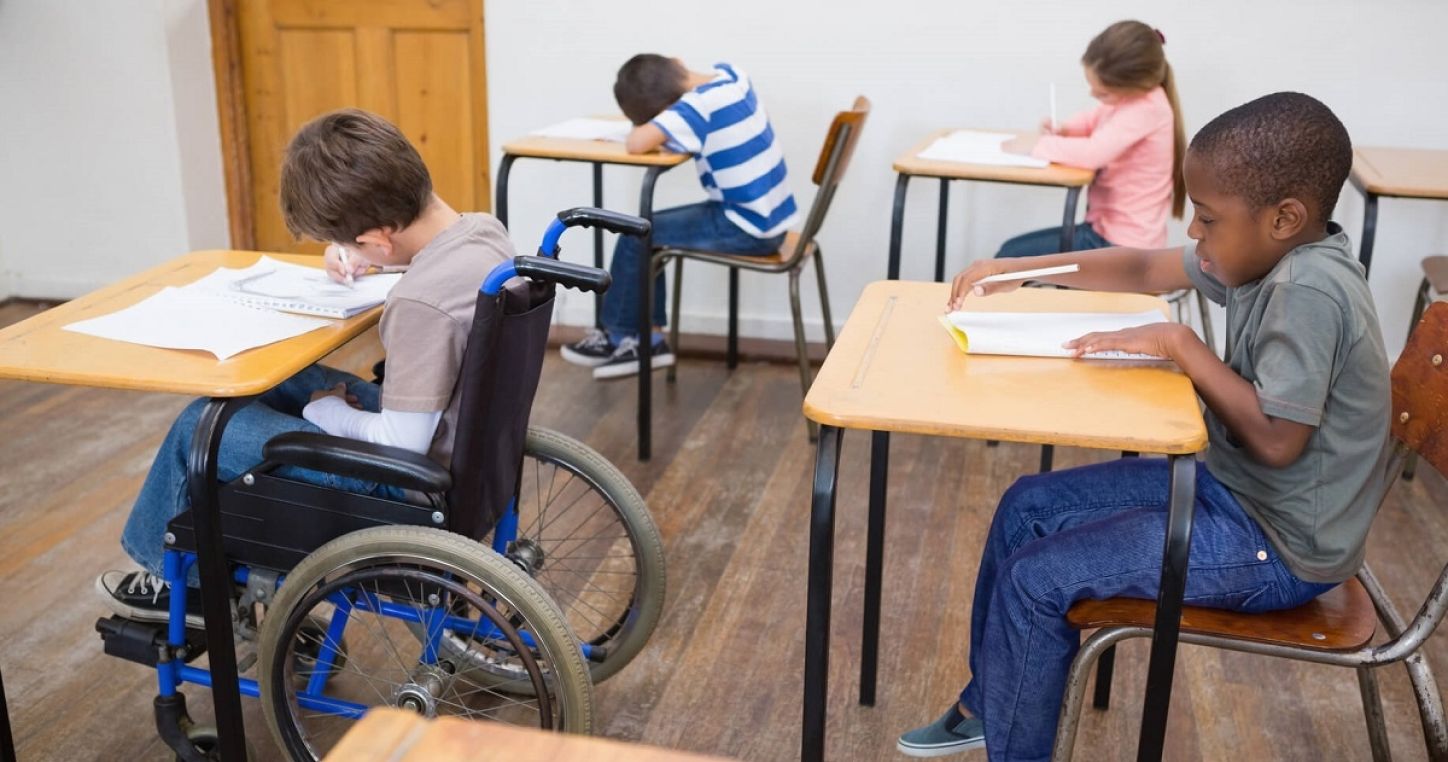
“
Inclusive Education
Introduction to Inclusive Education
Imagine a world where every learner has access to the same educational opportunities, regardless of their background or abilities. This vision is what inclusive education strives for. It’s about creating an environment that embraces diversity and fosters an atmosphere where all students can thrive together. Inclusive education not only enriches the learning experience but also prepares individuals for a more equitable society.
As we delve into the importance of ensuring equal opportunities in education, we’ll explore how this transformative approach benefits everyone involved. From breaking down barriers to celebrating success stories, let’s uncover the power of inclusivity in learning environments and why it matters now more than ever.
The Importance of Inclusion in Education

Inclusion in education is essential for fostering a diverse and vibrant learning environment. When all students, regardless of their backgrounds or abilities, have access to quality education, they benefit immensely.
Diverse classrooms encourage empathy and understanding among peers. Students learn to appreciate different perspectives, which enriches their overall educational experience. This exposure prepares them for real-world interactions where collaboration with varied individuals is inevitable.
Moreover, inclusion promotes equal opportunities for growth and development. Every learner deserves the chance to thrive academically and socially. By embracing inclusivity, educational institutions can help dismantle stereotypes and challenge societal norms that often marginalize certain groups.
It’s also important to recognize that inclusive practices are beneficial not only for those who require additional support but enhance the learning experience for everyone involved. A collaborative atmosphere leads to improved engagement and creativity within the classroom setting.
Barriers and Challenges to Implementing Inclusive Education

Implementing inclusive education comes with its share of hurdles. One significant barrier is the lack of resources. Schools often struggle with inadequate funding, limiting access to necessary tools and support services.
Another challenge lies in teacher training. Many educators feel unprepared to meet diverse learning needs. This gap can lead to ineffective teaching methods that do not address every student’s requirements.
Additionally, societal attitudes toward disability can hinder progress. Misconceptions foster stigma, making it difficult for schools to create an environment where all learners feel accepted.
Curriculum design also poses obstacles. Standardized materials may not cater to varying abilities, leaving some students behind while others advance effortlessly.
Collaboration among stakeholders is essential but often lacking. Parents, teachers, and administrators need effective communication channels to ensure everyone is on the same page when advocating for inclusive practices.
Strategies for Promoting Inclusive Education

Creating a truly inclusive education environment requires intentional strategies. One effective approach is differentiated instruction. This method tailors learning experiences to meet the diverse needs of all students.
Another key strategy involves fostering collaboration among teachers, support staff, and families. Regular communication ensures everyone is on the same page regarding each learner’s progress.
Professional development opportunities for educators play a vital role as well. Training focused on inclusivity helps teachers develop skills essential for accommodating varied learning styles and challenges.
Incorporating assistive technology can also enhance accessibility in classrooms. Tools like speech-to-text software or interactive applications empower learners with different abilities to engage fully in their education journey.
Promoting a culture of acceptance within schools encourages empathy and understanding among peers. Celebrating diversity not only enriches the school experience but also lays the groundwork for lifelong respect and appreciation for differences.
Success Stories of Inclusive Education Programs

Across the globe, numerous success stories highlight the positive impact of inclusive education programs. In one inspiring case, a school in Canada transformed its approach to learning by integrating students with various abilities into general classrooms. The results were remarkable: academic performance improved for all students, and social skills flourished.
In another instance, a program in India focused on training teachers to adapt their teaching methods. This initiative led to significant advancements in student engagement and achievement among children with disabilities.
Parents noticed increased confidence in their children as they interacted freely with peers from diverse backgrounds. These narratives illustrate how tailored approaches not only benefit individual learners but also enrich entire educational communities.
Such examples emphasize that when educational systems prioritize inclusivity, everyone gains access to valuable opportunities that foster growth and development.
The Role of Teachers and Parents in Supporting Inclusive Education
 Teachers and parents play a crucial role in fostering inclusive education. They are the backbone of any successful learning environment where every student feels valued.
Teachers and parents play a crucial role in fostering inclusive education. They are the backbone of any successful learning environment where every student feels valued.
Collaboration between teachers and parents creates a strong support system. When educators share their insights with families, they can tailor strategies to meet each child’s unique needs.
Teachers must embrace diverse teaching methods to cater to various learning styles. This flexibility allows them to engage all students effectively. Encouraging open communication promotes trust and understanding among everyone involved.
Parents also have the power to advocate for their children’s rights within educational settings. Their involvement ensures that schools remain accountable for providing equal opportunities.
Together, teachers and parents can create an atmosphere where diversity is celebrated rather than merely tolerated. By working hand-in-hand, they pave the way for enriching experiences that empower all learners on their educational journey.
Conclusion: Moving Towards a More Inclusive Education System

The journey toward a more inclusive education system requires collective effort and commitment from everyone involved. By acknowledging the importance of inclusion, we can create educational environments that celebrate diversity and ensure equal opportunities for all learners.
Embracing inclusive practices not only benefits students with disabilities but enriches the learning experience for everyone. It fosters empathy, understanding, and collaboration among peers. As educators implement innovative strategies to overcome barriers, they pave the way for a more equitable future in education.
Parents play an equally vital role in this process. Their support at home reinforces what is taught in schools and encourages children to embrace differences. Together, teachers and parents can advocate for policies that promote inclusivity within their communities.
Success stories from various programs demonstrate that positive change is possible when dedicated individuals come together to champion inclusive education. With ongoing training and resources available for educators, they are better equipped to meet diverse learning needs effectively.
As society continues to evolve, so should our approach to education. Ensuring every learner feels valued creates a foundation where all students can thrive academically and socially. The path may have challenges ahead; however, the vision of an inclusive educational landscape is worth pursuing diligently. By working collaboratively towards these goals today, we will shape a brighter tomorrow filled with limitless possibilities for every student.




Leave a Reply